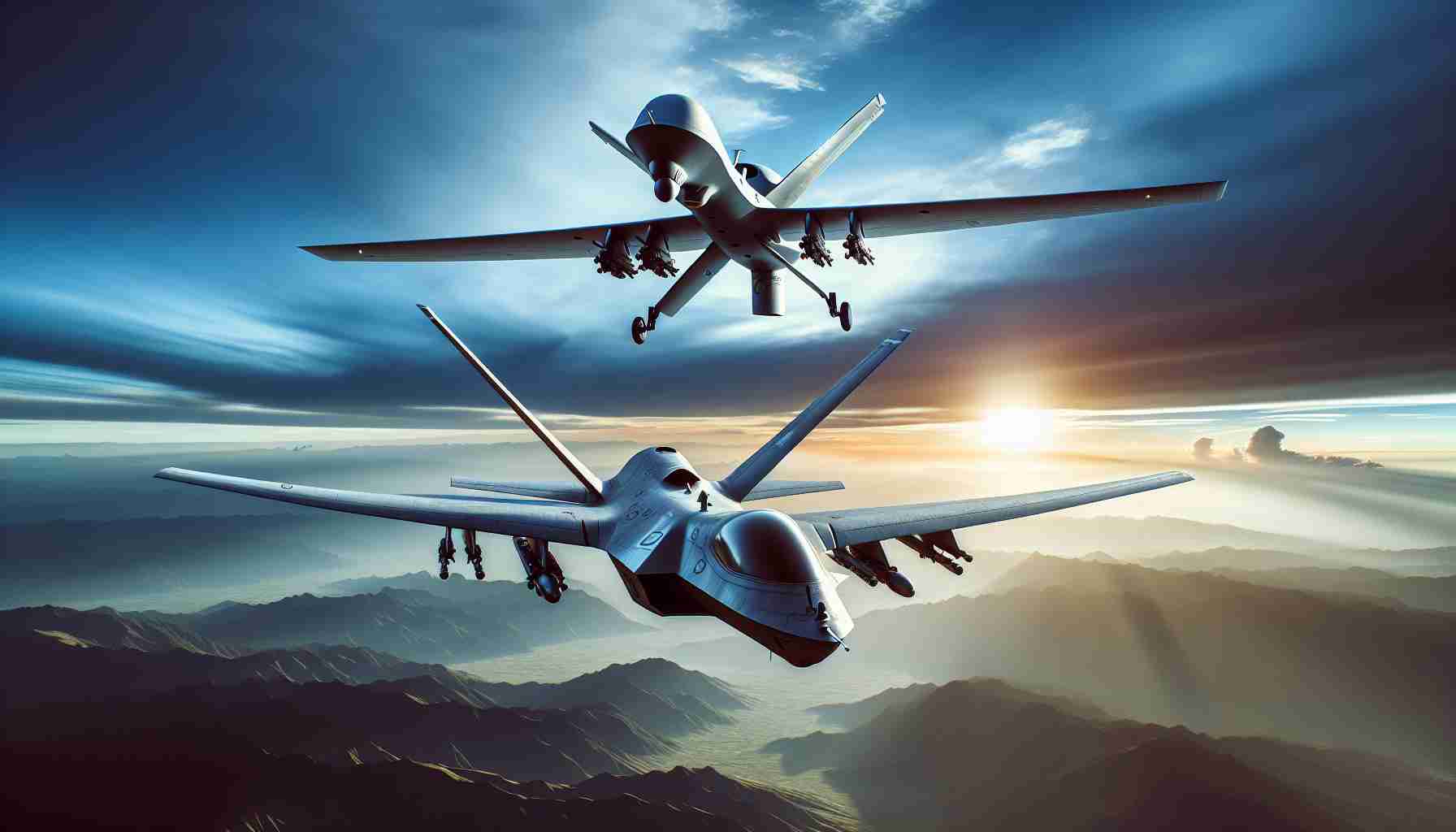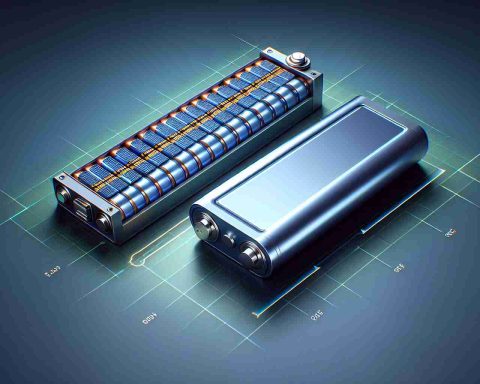The arms race between Türkiye and Greece has reached new heights as military analysts delve into the competition between the Turkish Kizilelma unmanned combat aerial vehicle (UCAV) and the Greek Rafale multirole fighter jet. This rivalry emphasizes each nation’s commitment to enhancing their aerial capabilities.
Strengths of the Rafale: Greek defense specialists assert that the Rafale outshines the Kizilelma in essential aspects including advanced radar technology and combat readiness. With its RBE2 AESA radar, the Rafale can pinpoint stealth targets from impressive distances. Moreover, its extensive combat history lends it superior agility and operational versatility.
Features of the Kizilelma: The Kizilelma, Türkiye’s pioneering unmanned aerial vehicle, presents noteworthy characteristics such as its minimized radar signature and sophisticated autonomous functionalities. However, its effectiveness in actual combat scenarios remains uncertain, raising doubts about its capability when pitted against the seasoned Rafale.
Contrasting Perspectives: Analysts from both nations are divided on the comparison. Greek experts maintain that the Rafale’s agility grants it a substantive benefit, while Turkish analysts caution against juxtaposing an unmanned UCAV with a traditional fighter jet, suggesting more suitable pairings for comparison, like Türkiye’s Kaan or F-16.
This unfolding discourse not only highlights the evolving defense strategies but also signifies the increasing significance of unmanned systems in contemporary warfare, potentially reshaping the future of regional security dynamics.
The Aerial Duel: Turkish Kizilelma vs. Greek Rafale – Who Will Prevail?
The ongoing military rivalry between Türkiye and Greece has intensified with the emergence of advanced aerial technologies. As military analysts examine the capabilities of Türkiye’s Kizilelma unmanned combat aerial vehicle (UCAV) and Greece’s Rafale multirole fighter jet, the discussion focuses on not only the strengths and weaknesses of each system but also their wider implications for regional security.
Strengths of the Rafale
The French-manufactured Rafale, operated by Greece, is distinguished by several key features that bolster its reputation as a formidable multirole fighter. The RBE2 AESA radar is particularly noteworthy, providing the Rafale with capabilities to detect and engage stealth targets at remarkable ranges. Additionally, the aircraft’s demonstrated performance in various combat operations contributes to its agility and multidimensional operational readiness.
Features of the Kizilelma
On the other hand, the Kizilelma represents Türkiye’s ambitious foray into advanced unmanned systems. This UCAV is designed with a reduced radar cross-section, enhancing its stealth capabilities. Its autonomous functionalities and adaptability in mission profiles set it apart in the growing field of drone warfare. However, its effectiveness in combat remains a topic of debate, particularly when compared to the proven performance of aircraft like the Rafale.
Contrasting Perspectives
The divergent views from analysts underscore the complexity of this military comparison. Greek defense specialists assert that the agility and combat readiness of the Rafale provide it with an undeniable edge. Conversely, Turkish analysts argue that comparing a UCAV with a traditional fighter jet may not be appropriate or reflective of their intended roles in modern warfare. They suggest that alternative comparisons, such as Türkiye’s Kaan strike drone or its F-16 fleet, might offer a more accurate evaluation of capabilities within their respective platforms.
Innovations and Trends in Aerial Warfare
This rivalry highlights a broader trend in military innovation where unmanned systems are gaining prominence. The strategic question around their integration into existing air forces poses both opportunities and challenges. As nations invest heavily in drone technology, the role of UCAVs like the Kizilelma may redefine air combat, necessitating new tactics and strategies that combine these systems with manned aircraft.
Future Predictions
Looking ahead, the continued development of both the Kizilelma and Rafale will shape regional airpower balances. Trends indicate that investments in both manned and unmanned systems will escalate, fueling an arms race that emphasizes cutting-edge technology, operational capabilities, and strategic deterrence.
Conclusion
As the military capabilities of Türkiye and Greece evolve, the competition between the Kizilelma and Rafale symbolizes the broader transition in aerial warfare. The outcomes of this rivalry will not only influence national defense strategies but also potentially reshape regional security dynamics for years to come.
For more insights on military technology and defense strategies, visit Defense.gov.



















